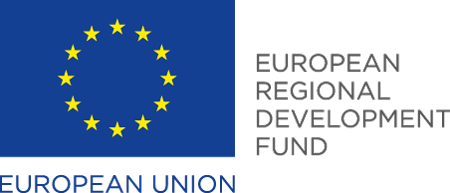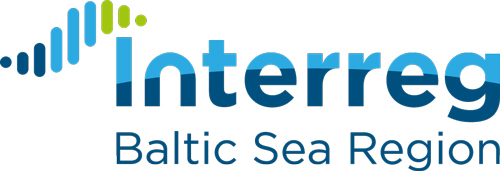Validation Hypotheses: Shaping the catalogue of potential analyses
In the following, we deal with how Analysis and Evaluation are prepared while the test beds are being settled. Until then, the information environment is being built in line with the hypotheses’ logical structure, while the processing tools are being developed and the KPIs defined. Calculations regarding efficiency, safety and environmental sustainability will contribute to STM validation among other key issues included in the approach. eal
Part of the STM Validation project is to facilitate the validation of the STM concept by evaluating the proposed STM services. This will proceed through the identification of specific indicators and parameters that enable the demonstration of the the benefits of the STM concept by providing tools to measure the impact.
The Validation Methodology proceeds on the basis of a sound knowledge of the services under development. With the aim of turning the STM concept into functional services, the large-scale test beds will show the potential benefits of each service and of STM as a whole.
Working together with the test beds in the past year, we have identified the service functionalities and contributions that these services should offer the maritime industry. This process has provided reliable information for the settlement of the hypotheses that will be validated with the data extracted from the test beds. There are two categories of hypotheses:
• Holistic Hypotheses related to the STM concept as a whole
• Specific Hypotheses linked to the particular services inside each concept
This set of hypotheses contributes to the establishment of an analysis catalogue for STM validation including safety, operational and training aspects. Some of the required key data needed can be identified from the sub-hypotheses and diverse KPIs and parameters being built according to this information. We expect to gain significant quantitative and qualitative data from the test beds. Hence, several analysis methodologies will be employed during the evaluation.
Consequently, the next step in Analysis and Evaluation is the agreement on data collection specifications. Data flows will feed the analysis information environment through the combination of several databases constituting the smart repository, which will provide some of the numerical analyses in terms of efficiency, safety and environmental sustainability that will contribute to the validation of STM.









